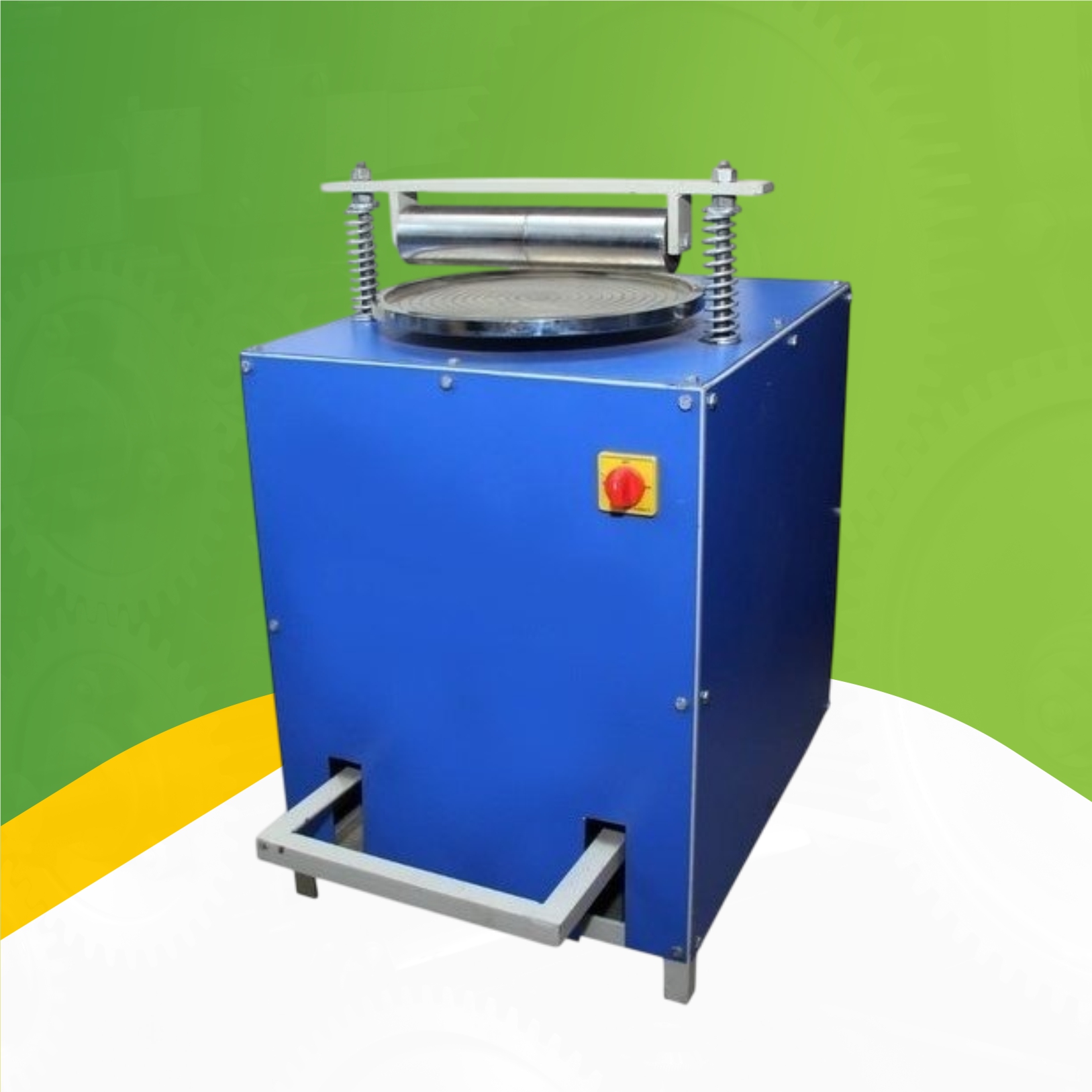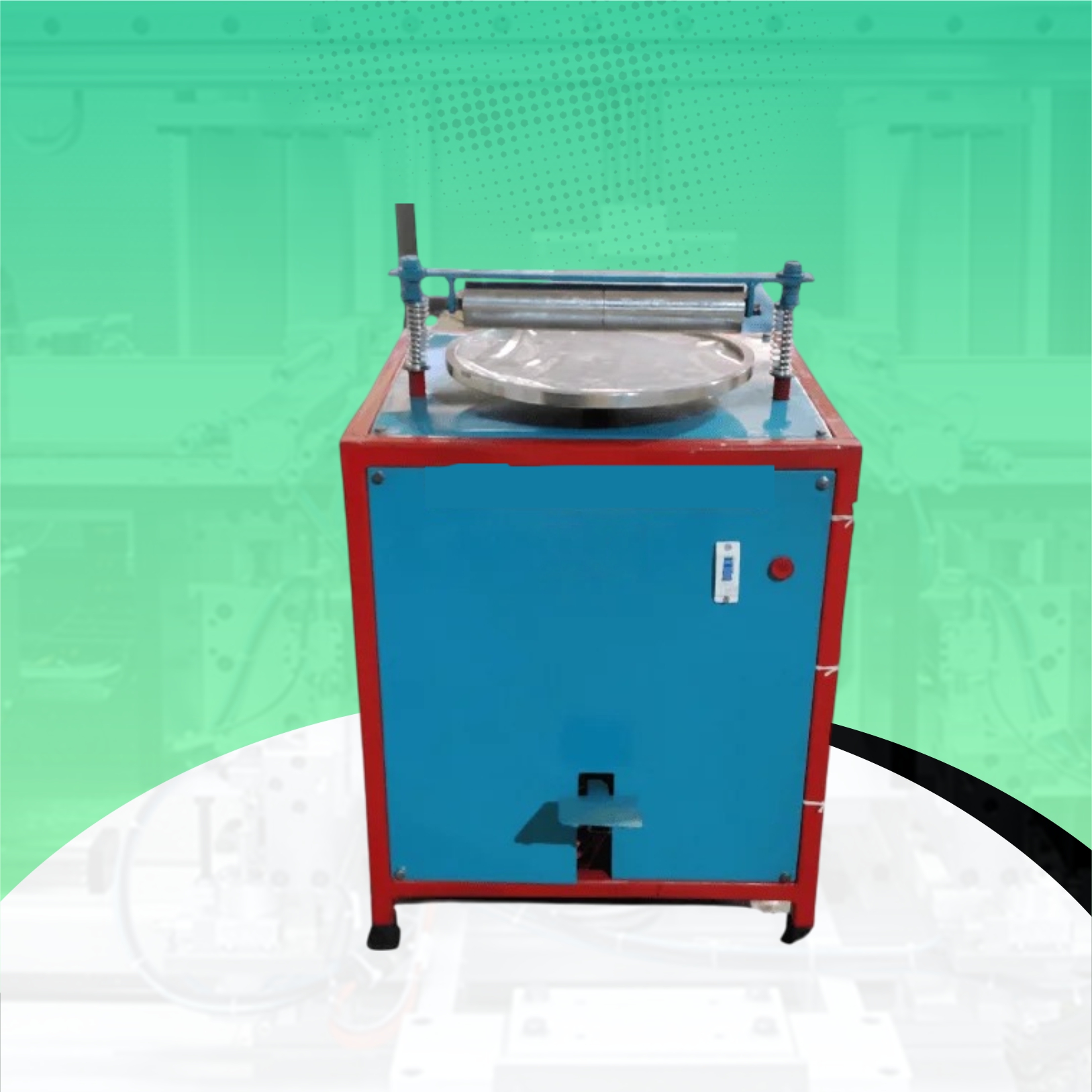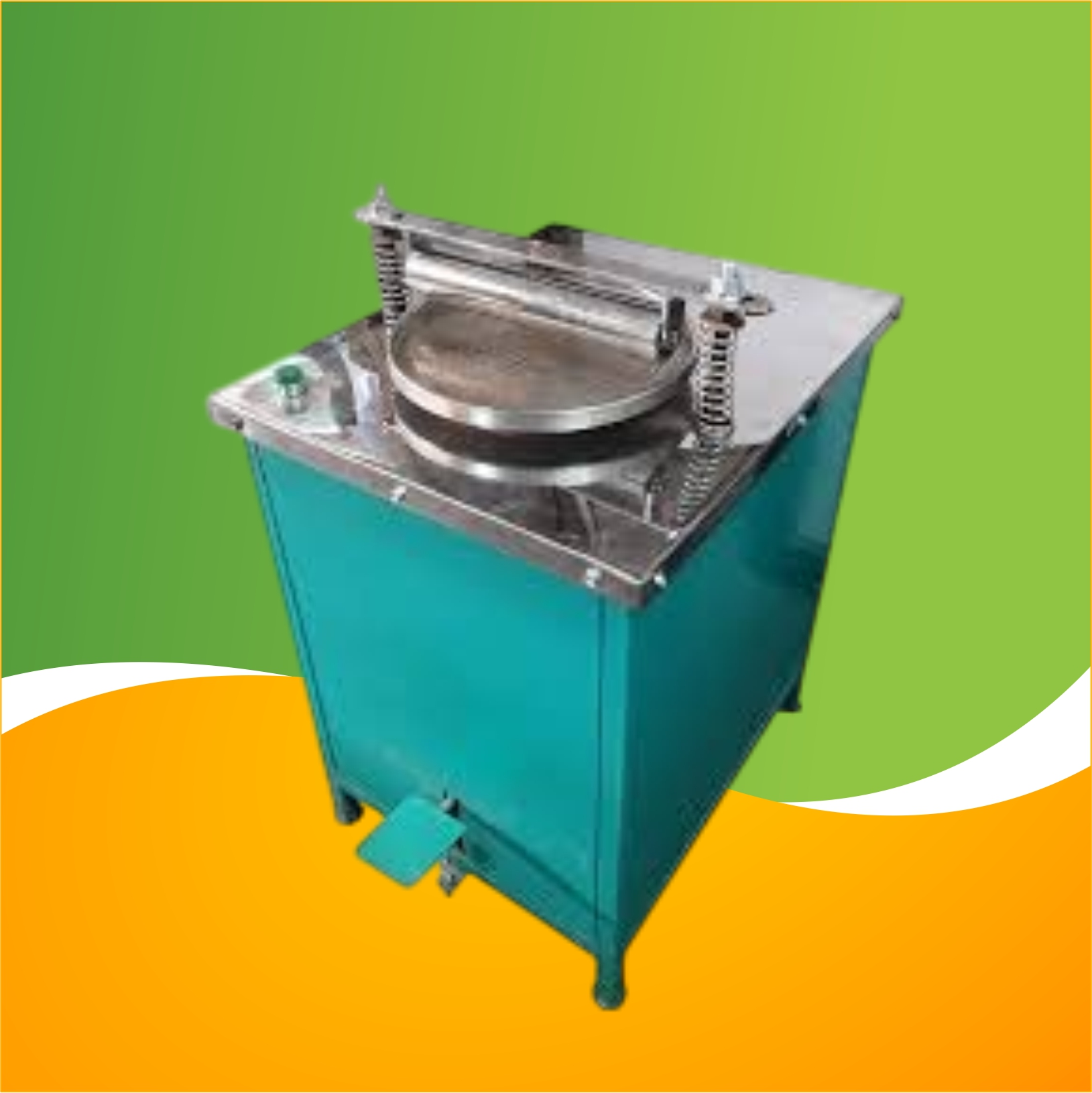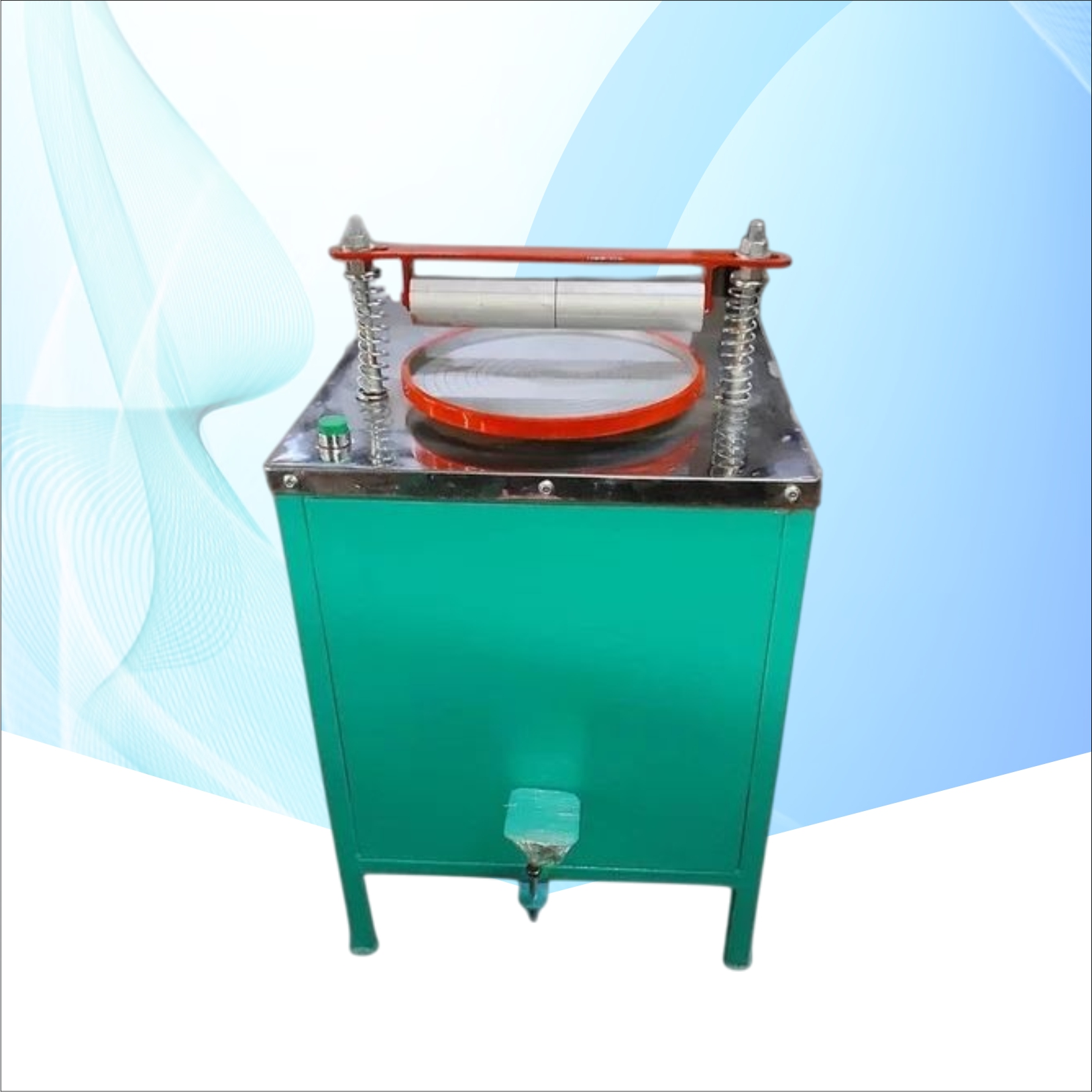Paper Plate Machines
- Double Die Paper Plate Machine
- Fully Automatic Paper Plate Machine
- Hydraulic Paper Plate Machine
- Paper Plate Making Machines
- Single Die Paper Plate Making Machine
Notebook Making Machine
- Notebook Cutting Machine
- Notebook Edge Squaring Machine
- Notebook Making Machine
- Notebook Spiral Binding Machine
- Notebook Stitching And Folding Machine
- Notebook Stitching Machine
Incense Making Machines
- Automatic agarbatti making machine
- Camphor Tablet Making Machine
- Dhoopbatti Making Machine
- Manual agarbatti making machine
Food Processing Machine
- BREAD SLICER MACHINE
- 4 BOLT OIL EXPELLER MACHINE
- 6 bolt oil expeller machine
- 9 BOLT OIL EXPELLER MACHINE
- Atta Chakki Machine
- Automatic paneer press machine
- Automatic rice mill with polisher
- Besan Making Machine
- Cattle feed machine
- Centrifugal chalna seperator
- Chapati Making Machine
- COLD PRESS OIL EXPELLER MACHINE
- Cotton Candy Making Machine
- Dal dryer machine
- Dal polisher machine
- Fully automatic noodles making machine
- Khoya Making Machine
- Kurkure Making Machine
- Kurkure roaster machine
- Laddu making machine
- Malli machine
- Masala coating machine
- Masala Making Machine
- Mini oil expeller machine
- Mini Rice Mill Machine
- Momos Making Machine
- Mustard Oil Expeller Machine
- Namkeen making machine
- Noodles Making Machine
- Oil And Hydro Dryer Machine
- OIL FILTER MACHINE
- Paneer press machine
- Pani Puri Making Machine
- Papad making machine
- Pasta Making Machine
- Planetary mixer machine
- Popcorn making machine
- Potato peeler machine
- Potato slicer machine
- RASGULLA MAKING MACHINE
- Soda vending machine
- Sugarcane juice machine
- Tomato Sauce Making Machine
Other Machines
- Concrete Vibrating Machine
- Automatic slipper machine
- Concrete Mixing Machine
- Cotton Wick Machine
- Hydraulic Press Brick Making Machine
- Ladies Bindi Making Machine
- Manual slipper machine
- Mini chaff cutter machine
- Paper cup making machine
- Sambrani cup making machine
- Sanitary Pad Making Machine
- Tissue Paper Making Machine
- Wire nail grinder machine
- Wire Nail Making Machine
- Wire nail polishing machine
Packing Machines
Detergent Making Machines
Rotary Oven Machine
- 12 tray rotary oven
- 18 tray rotary oven
- 24 tray rotary oven
- 36 tray rotary oven
- 42 tray rotary oven
- 84 tray rotary oven
Papad making machine
Price: ₹ 40000
| Product Generic Name |
papad making machine |
|---|---|
| Minimum Order Quantity |
1 Piece |
| Brand Name |
Customized |
| Body Material |
SS |
| Usage/Application |
For Papad Making |
Add To Cart
The Papad Making Machine is an innovative solution designed to automate the production of papad (crispy flatbread) in large quantities. Ideal for food manufacturers, commercial kitchens, and small-scale enterprises, this machine enables the production of uniform, high-quality papads with consistent thickness and texture. Made from food-grade stainless steel, it is durable, easy to clean, and ensures hygiene throughout the production process. The machine is equipped with adjustable settings for papad size, thickness, and drying time, providing versatility to suit different types of papad recipes. It significantly reduces labor costs and enhances production efficiency, making it an essential tool for mass papad production.
-
🍞 Consistent Quality: Produces uniform papads with consistent thickness and texture.
-
⚙️ Adjustable Settings: Customizable size, thickness, and drying time to meet specific requirements.
-
🧼 Hygienic Design: Constructed with food-grade stainless steel for safe, easy cleaning.
-
⏱️ High Productivity: Capable of producing large quantities in a short time, improving efficiency.
-
🔧 Low Maintenance: Simple to operate and maintain with minimal downtime.
-
⚡ Energy Efficient: Low power consumption while providing high output.
1. What is a Papad Making Machine, and how does it work?
A Papad Making Machine is a device used to automate the process of preparing papads (crispy, thin Indian snacks made from lentils or rice flour). The machine automates steps like mixing the ingredients, rolling the dough, and shaping the papads into uniform discs. It typically uses rollers or molds to flatten the dough, after which the papads are dried or fried.
2. What ingredients are used in a Papad Making Machine?
The primary ingredients for making papad include lentil flour (such as urad dal or moong dal), rice flour, salt, and spices for flavor. Water is added to form a dough. Some papads may also include other ingredients like tamarind or cumin for flavor variations.
3. How much papad can a Papad Making Machine produce in one cycle?
The production capacity of a Papad Making Machine depends on the model. Generally, a fully automatic machine can produce anywhere from 50 kg to 200 kg of papads per day, depending on the speed and size of the machine. Smaller, semi-automatic models may produce smaller batches.
4. What is the power source for a Papad Making Machine?
Papad Making Machines typically run on electricity, although some models may use a combination of electric and gas-powered components, especially for drying or frying. It’s important to check the specific power requirements for each model to ensure compatibility with your facility’s energy system.
5. What materials are used to build a Papad Making Machine?
Most Papad Making Machines are constructed using stainless steel for their durability, corrosion resistance, and ease of cleaning. The rollers, cutters, and molds are made from high-quality stainless steel or food-grade aluminum, ensuring that the product is safe for consumption.
6. How long does a Papad Making Machine last?
With proper maintenance, a Papad Making Machine can last anywhere from 5 to 10 years or more, depending on the quality of the materials used and the frequency of use. Regular cleaning and servicing will extend the machine's lifespan.
7. Can a Papad Making Machine be used for making other types of snacks?
Some models of Papad Making Machines are versatile enough to be used for making other types of crispy snacks like chips or crackers. However, you should check the specifications of the machine to see if it’s suitable for other snack production.




